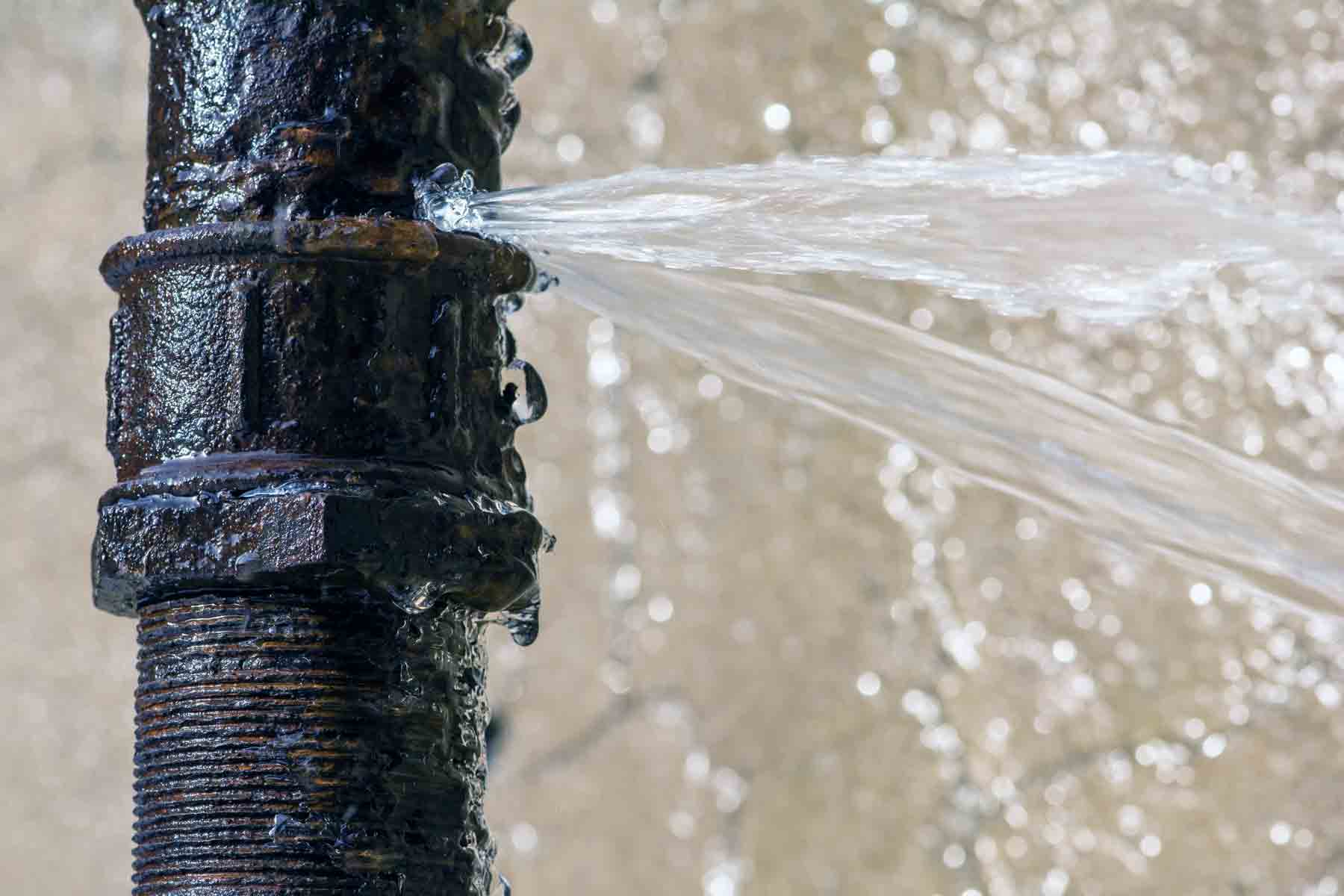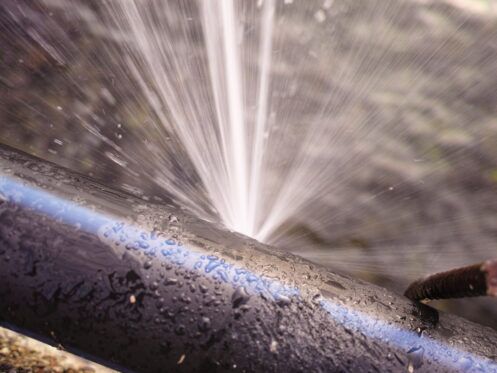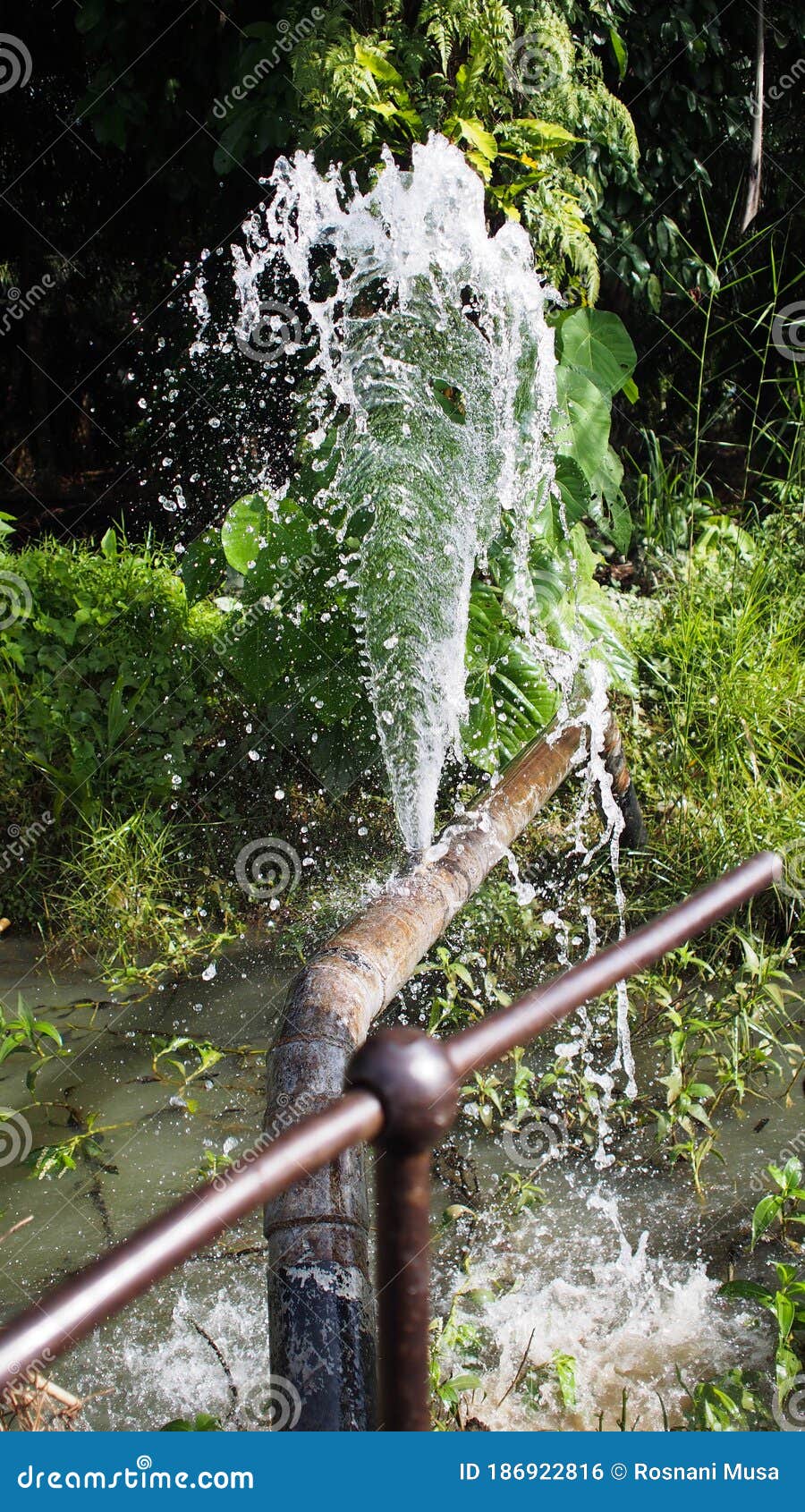How to Fix a Burst Pipe Yourself: A Step-by-Step Guide for Homeowners
How to Fix a Burst Pipe Yourself: A Step-by-Step Guide for Homeowners
Blog Article
Avoiding Ruptured Water Lines: Necessary Tips to Secure Your Pipes
Stopping burst pipelines is a critical concern for homeowners, especially throughout chillier months when the danger of freezing is increased. Carrying out critical procedures such as proper insulation, regular assessments, and keeping consistent interior temperature levels can dramatically reduce the likelihood of pipe failure.
Understand Pipeline Vulnerabilities
Understanding pipe vulnerabilities is crucial for effective plumbing maintenance and preventing costly damage. A number of factors contribute to the susceptibility of pipes to bursts, including material structure, age, and ecological conditions. Older pipes, especially those made from galvanized steel or polybutylene, usually weaken with time, resulting in increased danger of ruptures and leaks.
Temperature changes can likewise substantially effect pipe honesty. In chillier climates, water trapped in pipelines can ice up, increasing and exerting stress on the pipe wall surfaces, which might ultimately lead to a ruptured. High water pressure can stress pipes, specifically at joints and bends, heightening the possibility of failing.

Insulate Water Lines Appropriately
Appropriate insulation of pipelines is important for stopping cold and succeeding ruptureds throughout winter (burst pipe). Shielding your pipes system efficiently safeguards versus temperature goes down that can bring about pricey damage. Begin by recognizing prone areas where pipelines are revealed to outdoor temperatures, such as basements, attics, and exterior wall surfaces
Usage foam pipeline insulation sleeves or cover insulation tape around these locations to offer a protective obstacle. Guarantee that all areas of the pipelines, specifically those with limited warm exposure, receive adequate insulation. Pay special interest to installations and joints, as these are extra prone to cold.
When shielding, it's necessary to pick materials that fulfill local building regulations and are appropriate for the certain setting. Fiberglass insulation is usually advised for its thermal resistance buildings. Furthermore, consider making use of warm cables or tape in severe problems, which can be connected in to offer extra heat
Routinely examine insulated pipelines for any type of indicators of wear or damages, as endangered insulation can diminish its efficiency. By taking these positive actions, you dramatically decrease the threat of pipe bursts, guaranteeing a dependable pipes system throughout the cold weather.
Maintain Constant Temperature Level
A steady interior temperature is essential for preventing burst pipes during the icy months. When temperature levels decrease, water within pipes can freeze, creating and expanding pressure that may inevitably cause the pipelines to ruptured. To minimize this threat, property owners ought to preserve a consistent temperature throughout their living room, preferably no less than 55 ° F(13 ° C)Making use of a programmable thermostat can aid handle interior temperature levels properly, ensuring that rooms with plumbing remain warm also when the residence is unoccupied. Pay unique focus to areas that are much more susceptible to cold, such as garages, attic rooms, and basements. Keeping closet doors open under sinks can additionally enable warmer air from the home to flow around pipes.
Additionally, it is sensible to allow taps to drip a little throughout severe cold snaps. This small flow of water can protect against cold by alleviating pressure within the pipes. Throughout especially severe climate occasions, take into consideration briefly suspending any nighttime setbacks on your thermostat to preserve a stable cozy environment. By applying these approaches, property owners can significantly decrease the danger of pipe ruptureds and safeguard their plumbing systems versus the extreme winter components.
Routinely Examine Pipes
Regular inspections of pipes systems are crucial for preventing burst pipelines and preserving overall home honesty. During these assessments, it is vital to check out noticeable pipes for signs of deterioration, leakages, or put on.
In addition, evaluating joints and connections is crucial, as these factors are often susceptible to leaks. Property owners must also evaluate water stress degrees, as excessive stress can strain the plumbing system and boost the learn the facts here now threat of pipeline ruptureds.
Take into consideration organizing professional plumbing evaluations at the very least as soon as a year, particularly prior to winter, to ensure your system is prepared for colder temperature levels. By being proactive in your strategy, you can protect your home against the costly and turbulent consequences of burst pipes.
Know Emergency Treatments
Recognizing emergency situation treatments is essential for each property owner, specifically after performing regular pipes assessments. Being prepared for a pipes emergency situation can considerably alleviate damage and conserve prices. Initially, situate your major water shut-off shutoff; it is typically located near the water meter or where the major line enters your home. Familiarize on your own with its operation, as shutting off the water promptly can prevent comprehensive flooding.
Following, maintain crucial devices useful. A plumbing emergency situation set need to consist of a wrench, plunger, and towels, as Recommended Reading well as a flashlight and a bucket for little leaks. In addition, take into consideration having the contact information for a trusted plumbing readily offered, must the scenario escalate past your control.
If you identify a leak or burst pipe, promptly turn off the water system and alert your plumber. Record the damages with photos for insurance policy objectives. Understand the signs of prospective plumbing problems, about his such as uncommon water pressure fluctuations or damp places on wall surfaces
Inevitably, aggressive knowledge and speedy activity are critical in handling plumbing emergency situations, guaranteeing your home remains safeguarded and minimizing potential damage.

Final Thought
To conclude, preventing burst pipelines necessitates a complex technique that includes understanding pipeline vulnerabilities, proper insulation, preserving regular indoor temperatures, routine assessments, and understanding of emergency procedures. By executing these vital strategies, the danger of plumbing failures can be dramatically decreased, thereby ensuring the durability and efficiency of the plumbing system. Proactive steps not just guard versus potential damages yet additionally add to general water conservation and the defense of residential property.
In colder climates, water entraped in pipelines can ice up, increasing and applying pressure on the pipeline walls, which may ultimately lead to a burst. When temperature levels decrease, water within pipelines can freeze, broadening and creating stress that may ultimately trigger the pipes to burst. By implementing these methods, homeowners can substantially reduce the threat of pipeline bursts and guard their plumbing systems versus the harsh winter aspects.

Report this page